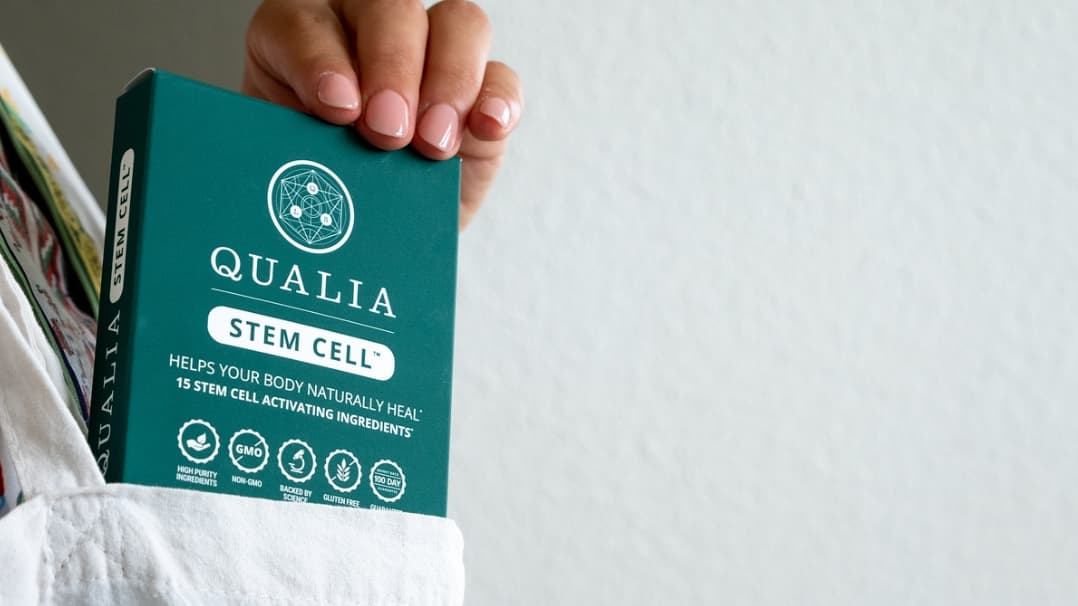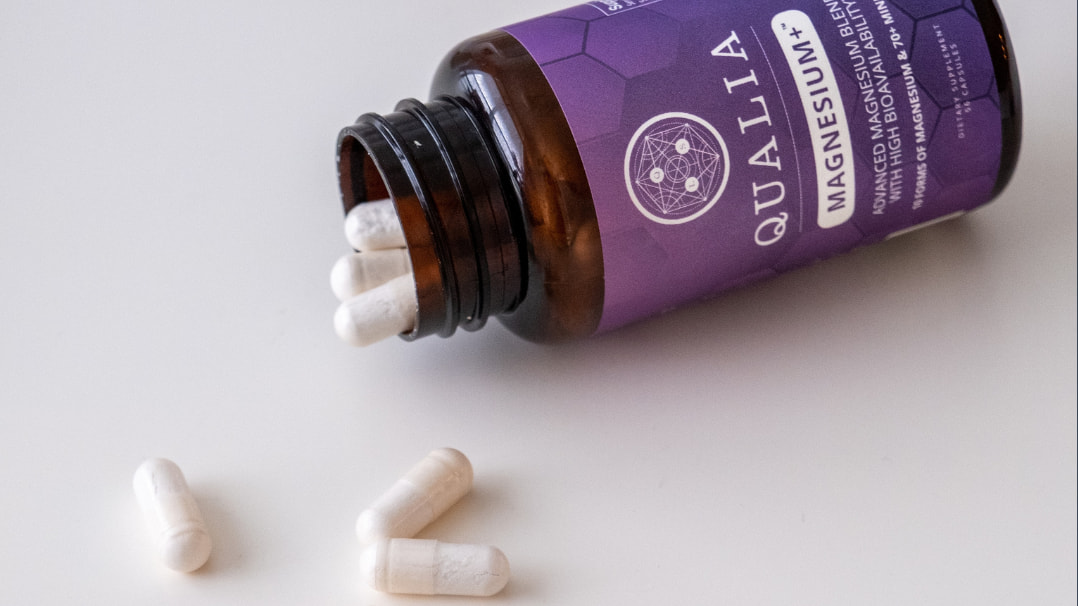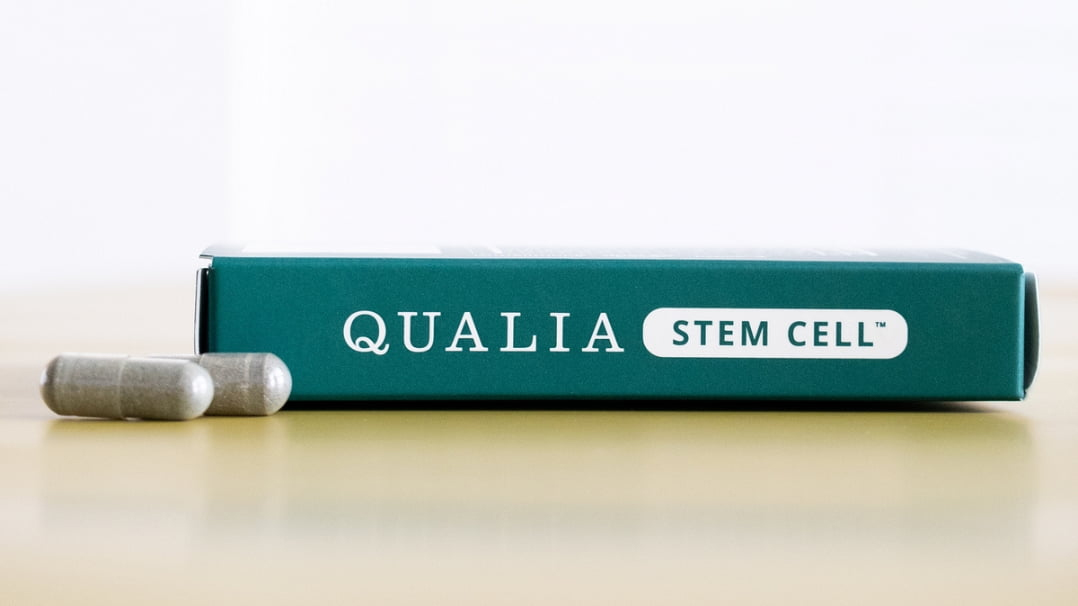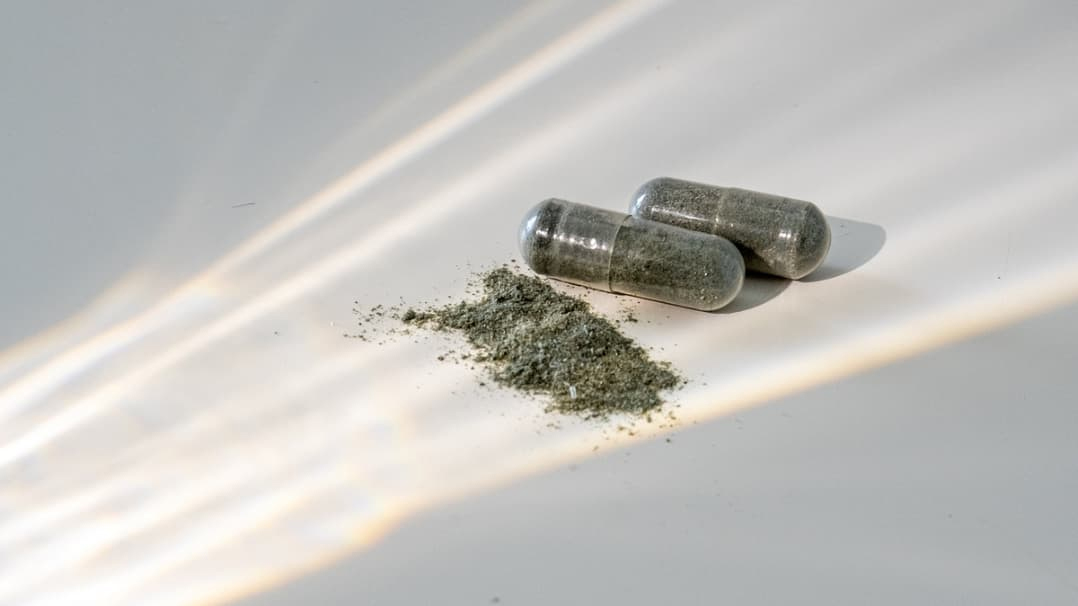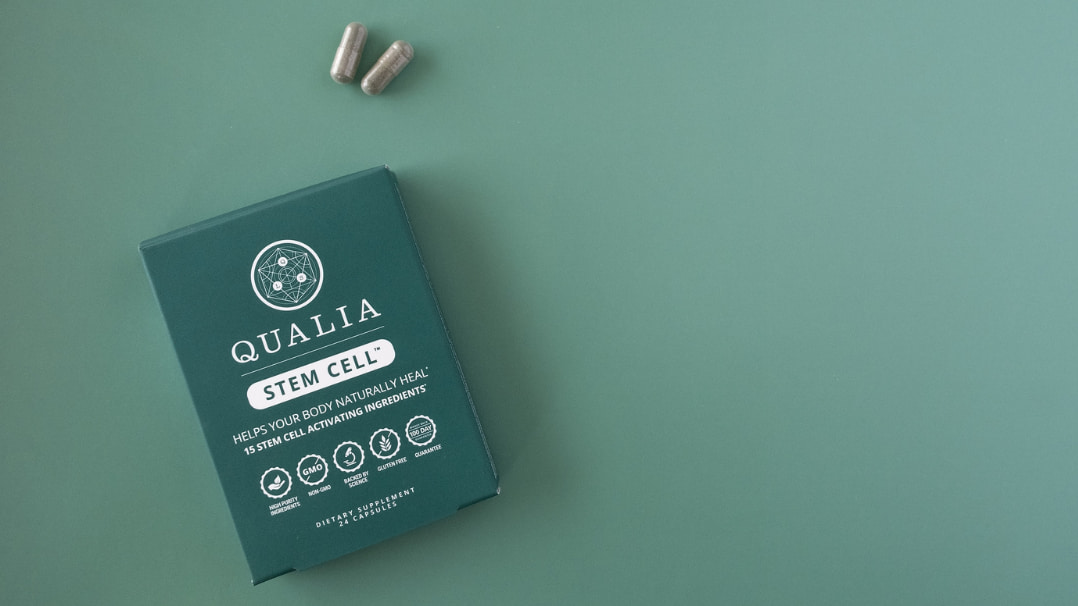Palatinose™ (Isomaltulose)

Palatinose™ (isomaltulose) is a sweetener produced from sucrose obtained from beet sugar. Sucrose is the chemical name of table sugar, the most commonly used type of sugar obtained from sugarcane and sugar beets, for example. Sucrose is a disaccharide consisting of glucose and fructose. Palatinose™ is generated through an enzymatic rearrangement of the chemical bond between glucose and fructose that turns the sucrose molecule into an isomaltulose molecule. This chemical alteration changes the properties of the molecule. Like sucrose, isomaltulose is completely hydrolyzed into glucose and fructose and absorbed in the small intestine. However, the rate of hydrolysis of isomaltulose is much slower than that of sucrose. As a consequence, blood glucose and insulin levels after ingestion of isomaltulose rise slower and reach lower peaks than after sucrose ingestion. After absorption, glucose and fructose are metabolized as typical [1]. Therefore, Palatinose™ is a low glycemic sweetener that results in a smaller increase in blood sugar and a steadier and more sustained supply of energy than sucrose.*
TOP BENEFITS OF PALATINOSE™
Supports cell energy production*
Supports sustained brain energy*
QUALIA’S PALATINOSE™ SOURCING
Palatinose™ is manufactured by enzymatic rearrangement (isomerization) of sucrose from beet sugar.
Palatinose™ is a trademark of Beneo-Palatinit GmbH.
Palatinose™ is a non-GMO, gluten-free, vegan, Kosher, and Halal certified ingredient.
PALATINOSE™ FORMULATING PRINCIPLES AND RATIONALE
Glucose is the preferred fuel for the brain. The brain needs a steady supply of glucose—it can't store excess glucose—for energy, feeling alert and energized, thinking, and learning. When the brain is engaged in mentally demanding tasks, it relies heavily on blood glucose to function properly. Palatinose™ is low glycemic; it is what might be thought of as a “slow sugar” because of its slower breakdown and absorption. The result is that Palatinose™ promotes a lesser surge in blood glucose, but a prolonged and steady support of healthy blood glucose levels. When you think of Palatinose™, think of the words, low, slow, and sustained. We use Palatinose™ combined with cane sugar, which has faster absorption, to create a sweetener blend of fast and slow sugars to support brain energy.*
PALATINOSE™ KEY MECHANISMS
Hydrolyzed into glucose and fructose used for cell energy (ATP) production* [1]
Glucose is the primary fuel for the brain [2]
Supports a slower and more sustained post-prandial blood sugar response* [3–17]
*These statements have not been evaluated by the Food and Drug Administration. This product is not intended to diagnose, treat, cure, or prevent any disease.
REFERENCES
[1]B.A.R. Lina, D. Jonker, G. Kozianowski, Food Chem. Toxicol. 40 (2002) 1375–1381.
[2]P. Mergenthaler, U. Lindauer, G.A. Dienel, A. Meisel, Trends Neurosci. 36 (2013) 587–597.
[3]C.J. Henry, B. Kaur, R.Y.C. Quek, S.G. Camps, Nutrients 9 (2017).
[4]S.I. Sünram-Lea, G. Gentile-Rapinett, K. Macé, A. Rytz, Nutrients 13 (2021) 4246.
[5]E. Kokubo, S. Morita, H. Nagashima, K. Oshio, H. Iwamoto, K. Miyaji, Nutrients 14 (2022) 2386.
[6]C. Keesing, B. Mills, C. Rapsey, J. Haszard, B. Venn, Nutrients 11 (2019) 2647.
[7]M. Ang, T. Linn, Am. J. Clin. Nutr. 100 (2014) 1059–1068.
[8]H. Arai, A. Mizuno, M. Sakuma, M. Fukaya, K. Matsuo, K. Muto, H. Sasaki, M. Matsuura, H. Okumura, H. Yamamoto, Y. Taketani, T. Doi, E. Takeda, Metabolism 56 (2007) 115–121.
[9]R. Kobayashi, M. Sakazaki, Y. Nagai, K. Asaki, T. Hashiguchi, H. Negoro, Nutrients 13 (2021) 4493.
[10]J. Kahlhöfer, J. Karschin, H. Silberhorn-Bühler, N. Breusing, A. Bosy-Westphal, Int. J. Obes. (Lond) 40 (2016) 990–997.
[11]L. Angarita Dávila, V. Bermúdez, D. Aparicio, V. Céspedes, M.C. Escobar, S. Durán-Agüero, S. Cisternas, J. de Assis Costa, D. Rojas-Gómez, N. Reyna, J. López-Miranda, Nutrients 11 (2019) 1477.
[12]W.S.K. Tan, S.-Y. Tan, C.J. Henry, Nutrients 9 (2017) 347.
[13]I. Holub, A. Gostner, S. Theis, L. Nosek, T. Kudlich, R. Melcher, W. Scheppach, Br. J. Nutr. 103 (2010) 1730–1737.
[14]D. König, S. Theis, G. Kozianowski, A. Berg, Nutrition 28 (2012) 651–656.
[15]J.G.P. van Can, T.H. Ijzerman, L.J.C. van Loon, F. Brouns, E.E. Blaak, Br. J. Nutr. 102 (2009) 1408–1413.
[16]J.G.P. van Can, L.J.C. van Loon, F. Brouns, E.E. Blaak, Br. J. Nutr. 108 (2012) 1210–1217.
[17]O.M. Marchand, F.E. Kendall, C.M. Rapsey, J.J. Haszard, B.J. Venn, Br. J. Nutr. 123 (2020) 1357–1364.

